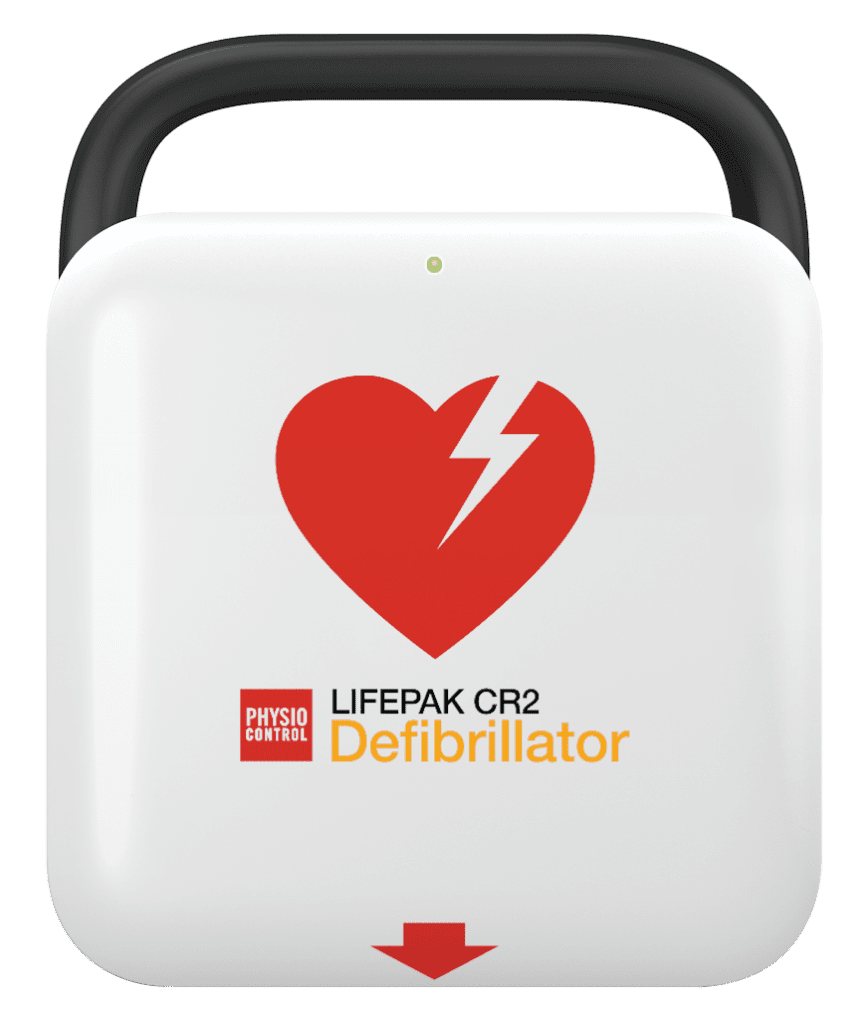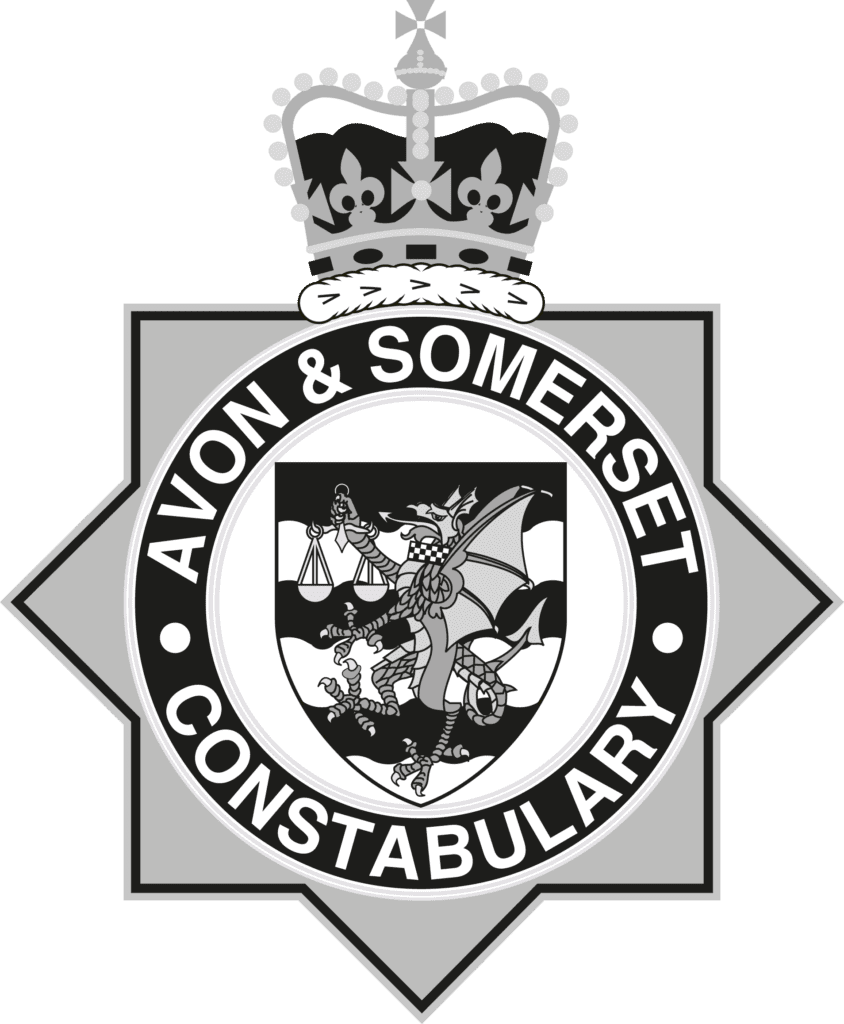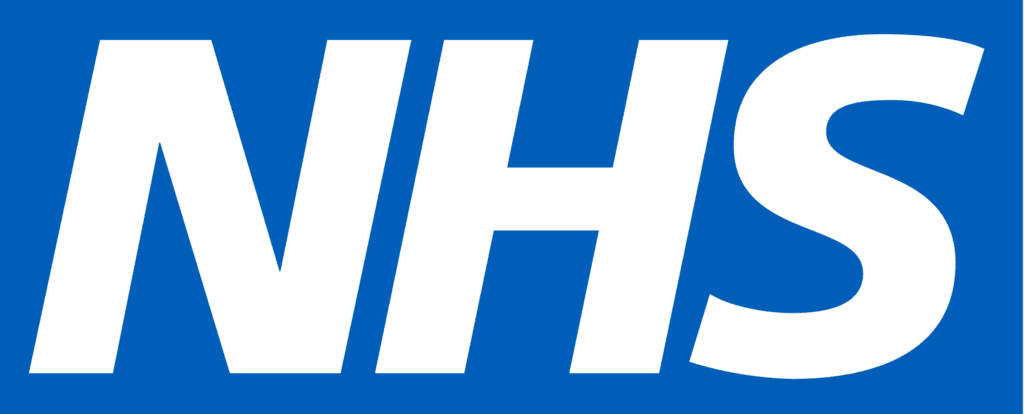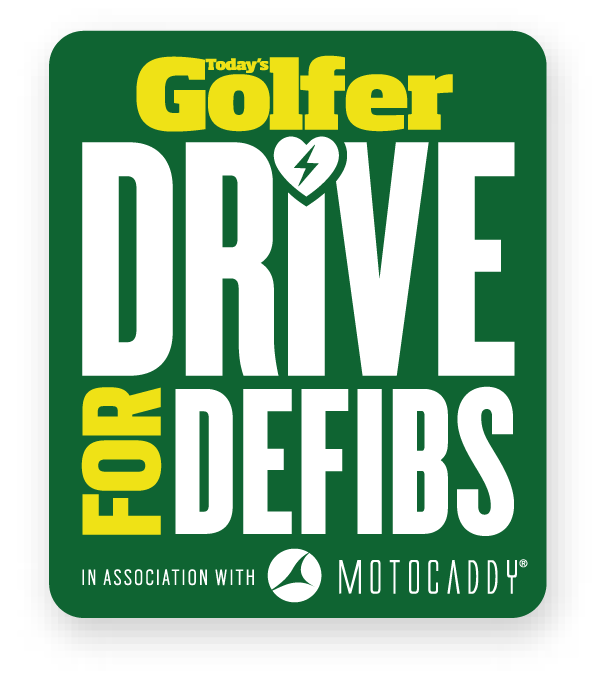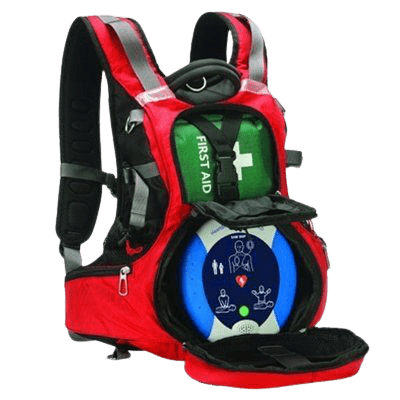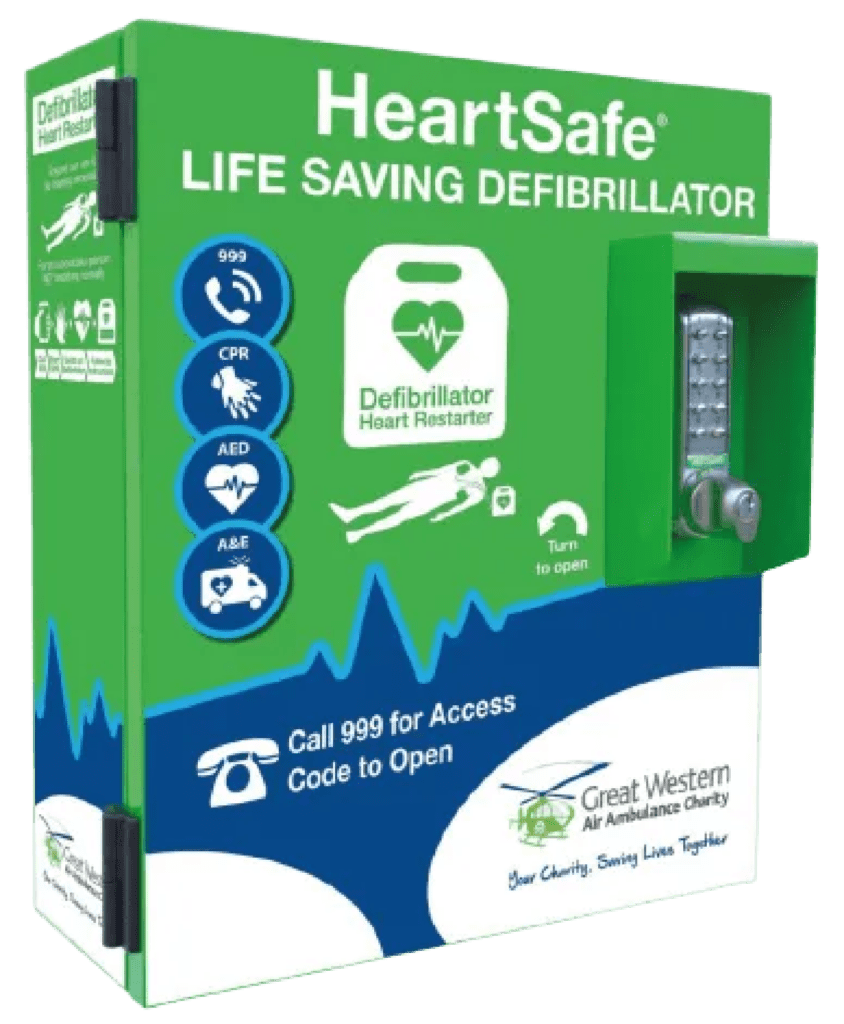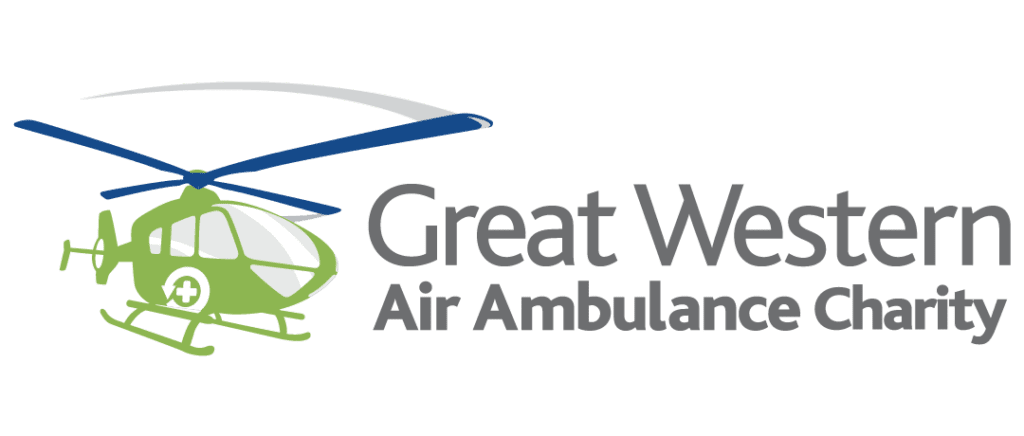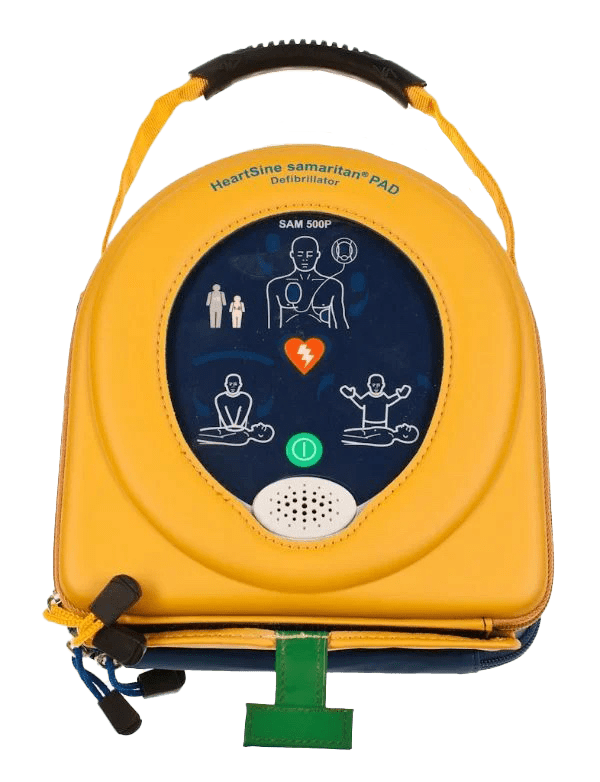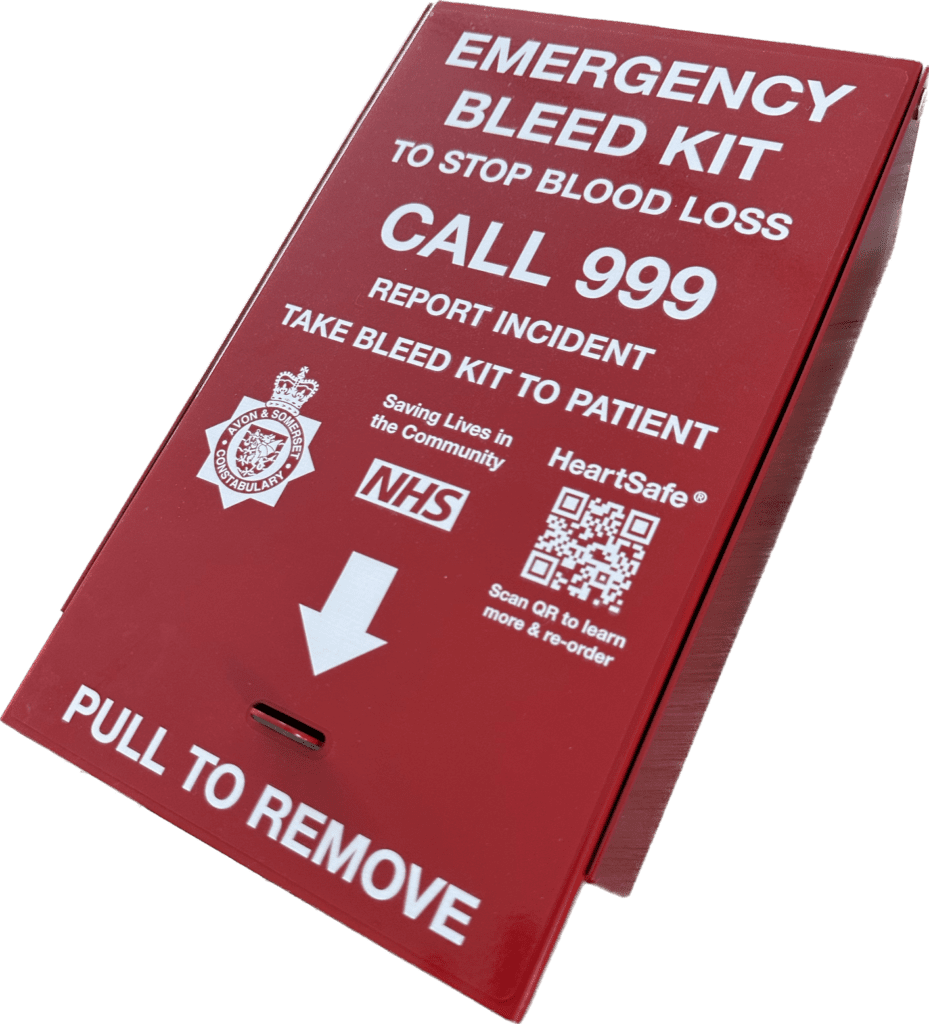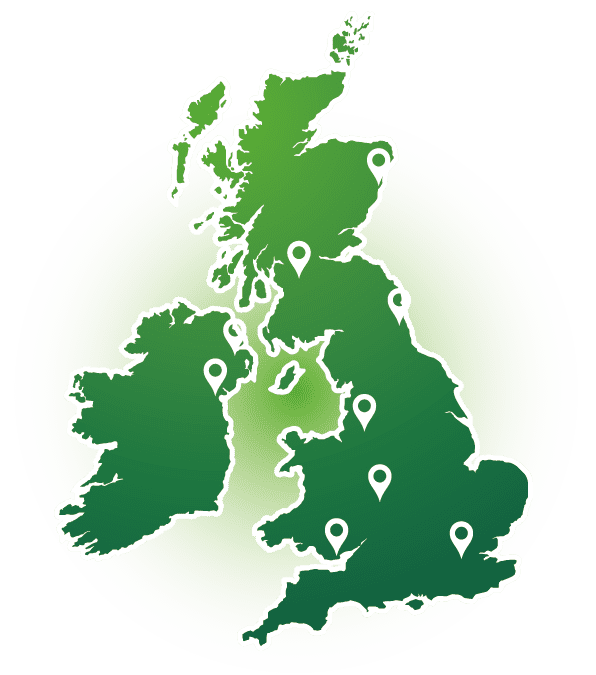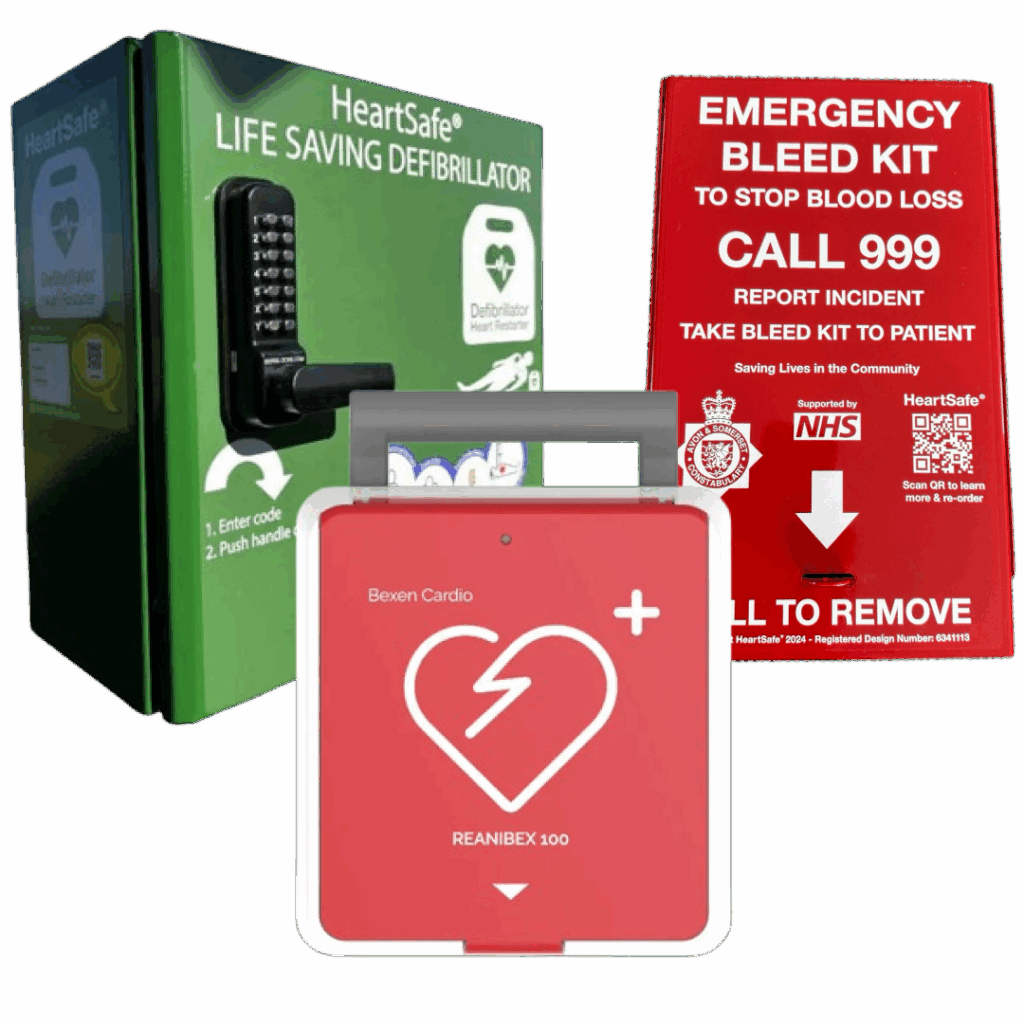AED
Our guide to help you find your nearest defibrillator
In an effort to enhance community safety and preparedness, the initiative to make Automated External Defibrillators (AEDs) more accessible and known to the public has led to the creation of comprehensive defibrillator locator maps. Here’s a guide on how to find your local defibrillator and across the UK, emphasising the importance of being prepared ahead of time.
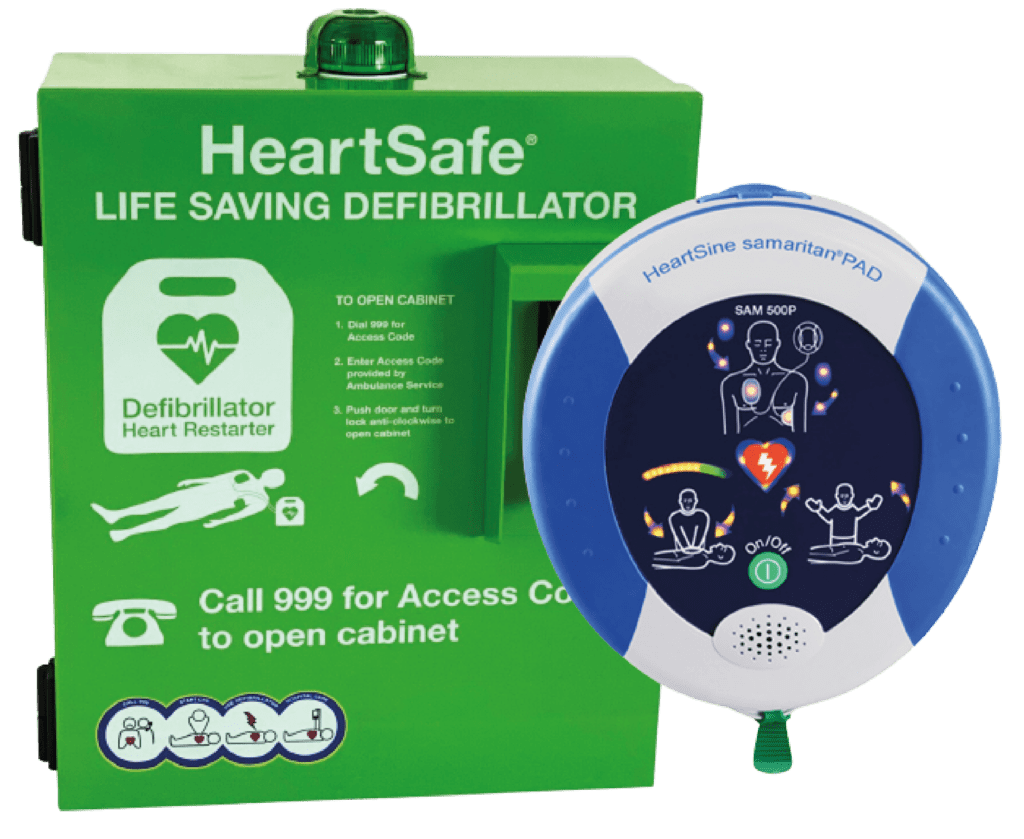
Locating Defibrillators in Cardiac Arrest Emergencies
In emergency situations, time is of the essence, especially when it comes to sudden cardiac arrest. Access to your nearest defibrillator can significantly increase the chances of saving lives. Our guide aims to help you locate your nearest defibrillators easily and efficiently. At Heartsafe, we provide a comprehensive database that allows you to search for defibrillators in your area. By simply entering your postcode, you can discover the nearest public access defibrillators, ensuring that you are prepared in case of an emergency. These maps serve a critical role in emergency situations, particularly during instances of sudden cardiac arrest, where the timely use of a defibrillator can significantly increase the chances of survival.
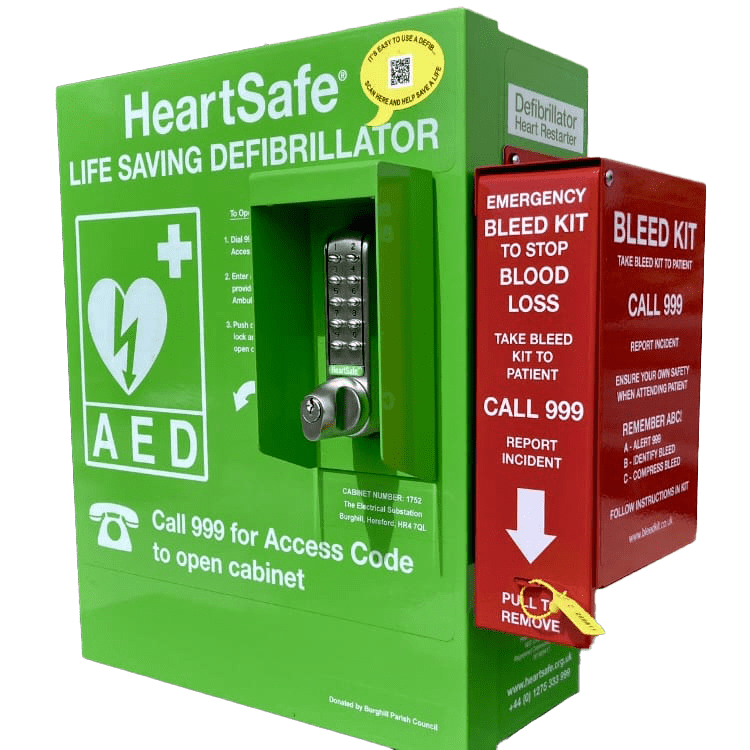
Understanding how to use a defibrillator is equally important. Most units are equipped with voice prompts and visual instructions, making them straightforward for anyone to operate, even without prior training. We encourage individuals and community groups to partake in training sessions that we offer, which cover not only the use of defibrillators but also essential CPR techniques. Through awareness and education, we can create a safer environment for everyone.
Let us empower you with the information you need to act swiftly in a crisis. Together, we can increase the survival rates of cardiac arrest victims in our communities.
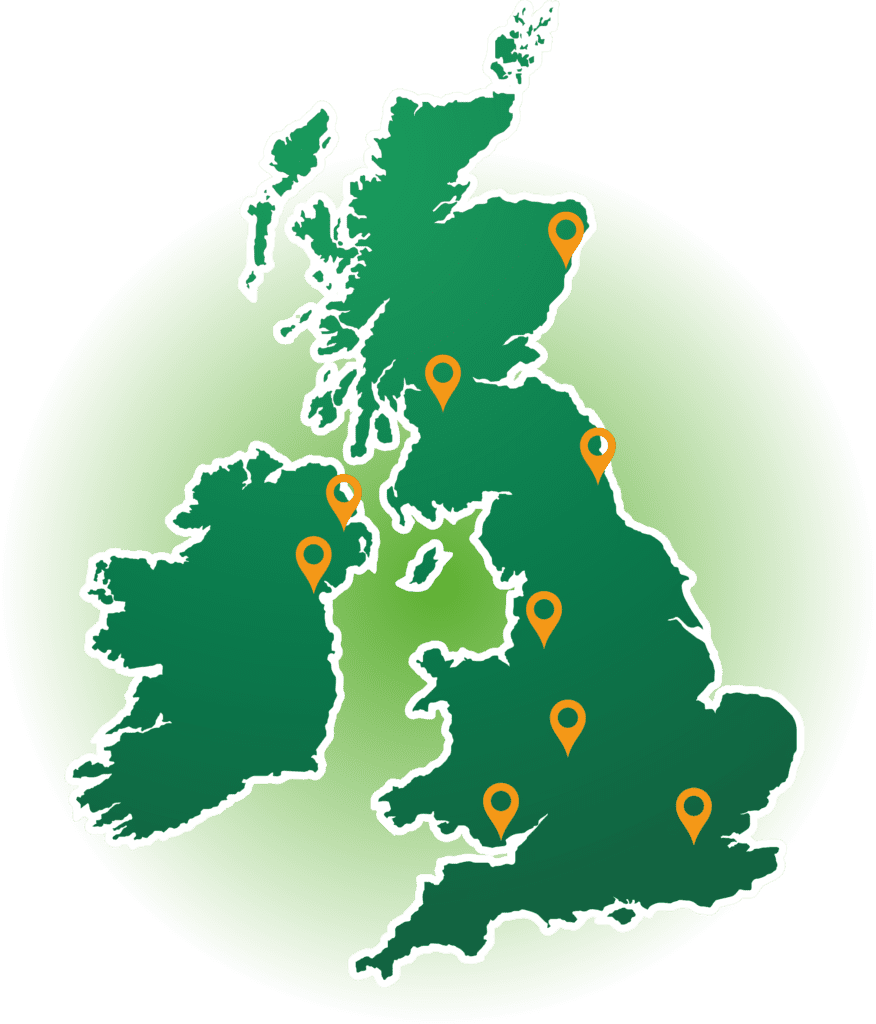
AED Map
The defib finder map, accessible through Heartsafe’s AED locator page, is a vital resource in increasing awareness and accessibility of Automated External Defibrillators throughout the community. This interactive map allows users to effortlessly search for nearby defibrillators based on their location, simply by entering their postcode. The map displays all registered HeartSafe defibrillators, highlighting their precise locations and providing crucial details such as the type of facility they are located in, whether it is publicly accessible or available during specific hours. By utilizing this map, individuals can familiarize themselves with the availability of defibrillators in their area, ensuring quick access in crucial moments. Knowing nearby AED locations can save lives, as having a defibrillator reduces the response time during a cardiac emergency, significantly enhancing survival chances for someone experiencing sudden cardiac arrest.
HeartSafe® Businesses
Not a day passes when national newspapers or television channels report on a newsworthy named person having died unexpectedly from sudden cardiac arrest.
However, consider an ordinary person who dies of a cardiac arrest at work, Policeman, Postman, office worker, builder, teacher, the list is endless. A Google search will always retrieve a sad incident of a person dying unexpectedly in any job or profession.
Fabrice Muamba, former professional footballer suffered a sudden cardiac arrest during a game and survived thanks to immediate medical care combined with the use of a defibrillator!
These headlines can only be surpassed when a notable person recovers from a cardiac arrest having had the good fortune of immediate help from “samaritans” who by chance happen to be close by. They were able to provide good CPR whilst the Emergency Services were en-route to the incident and by even more good fortune, a nearby AED was available and used on the patient which enabled the heart to restart in normal rhythm.
Fabrice Muamba, former professional footballer suffered a sudden cardiac arrest during a game and survived thanks to immediate medical care combined with the use of a defibrillator!
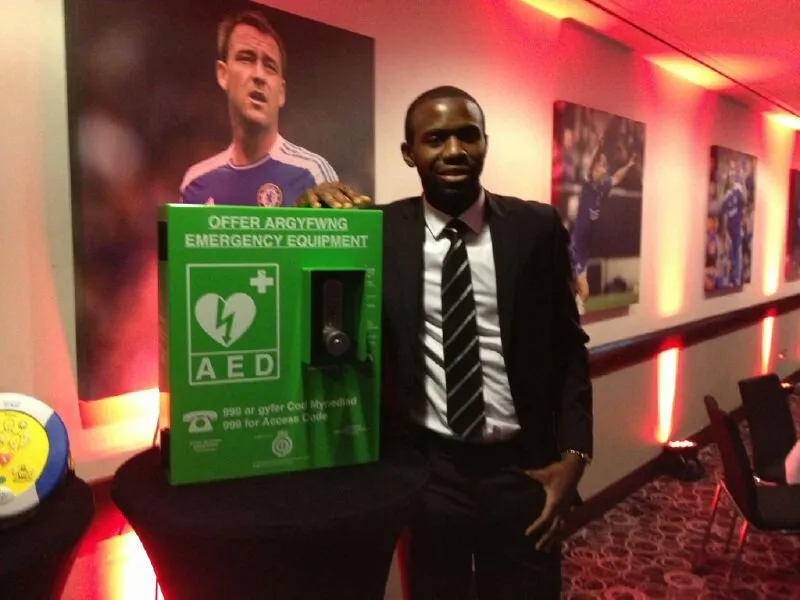
Causes of a SCA
The size of your business and place of work may vary and it is true to say the more people there are, the more chance a person may suffer an SCA.
The location where people are employed can increase the chances of an SCA, such places include:
- Very stressful public areas such as airports, train stations, shopping malls etc
- Working outside in cold weather can influence the possibility of SCA such as building sites, agricultural industry .etc
Recent famous Sports personalities and celebrities that have suffered and survived an SCA include
- Sir Ranulph Fiennes
- Bernard Gallacher
- Fabrice Muamba
Who is at risk of SCA?
SCA often occurs in active people who seem to be healthy and have no known medical conditions. In these patients, SCA is the first indication of a heart condition. However, some people can be identified in advance as being at risk for SCA. Risk factors include:-
- Previous heart attack
- Coronary artery disease (and risk factors for CAD including smoking, high blood pressure, diabetes, elevated LDL cholesterol, family history of heart disease, sedentary lifestyle)
- Heart failure from other causes
- Abnormal heart rate or rhythm (arrhythmia) of unknown cause
- Episodes of fainting of unknown cause
- Low ejection fraction (EF) (<35%)
Share the chance to save a life!
Whatever your business, whatever the number of staff you employ, no one person is immune to cardiac arrest. Investing in a HeartSafe® cabinet and defibrillator will provide that extra layer of insurance that one day may be necessary should an employee suffer a Sudden Cardiac Arrest.
Schools & Universities
Here are some locations where installations of HeartSafe® cabinets have been added, ranging from Primary education to Universities…
First School to Become HeartSafe
The first school to become HeartSafe® in 2007 was Chew Valley Secondary School, Chew Magna, BS40 8QB.
The pilot scheme that was established between AED Locator, Arrhythmia Alliance and Great Western Ambulance Service provided a HeartSafe® cabinet and defibrillator outside the school premises next to the Sports Centre.
During the first week, all students were spoken to at assembly and informed of the contents of the “green cabinet”. Demonstrations of CPR and the use of the defibrillator were given using the Headmaster Mr Mark Mallett as the patient.
Initially more thumbs were down than up when explaining the chain of survival to the students as to whether the Headmaster should be given a shock by a defibrillator!
One student was noted in stating that “don’t worry about security of the defibrillator and cabinet, now we know how important a defibrillator is for our friends and family, we will be your eyes and ears and look after the cabinet”. This message has been repeated a thousand times since that poignant moment.
The School now has 2 AEDs and staff and some students trained in CPR. The School has also offered its premises for HeartSafe® AED Locator to offer free CPR lessons to the community that covers over 20 Villages in the Chew Valley.
Hundreds of other Schools have subsequently followed the example that Chew Valley Secondary School set and throughout the UK more and more primary and secondary schools are deciding to have a defibrillator close by in case a child, student, staff member or visitor suffers an SCA.
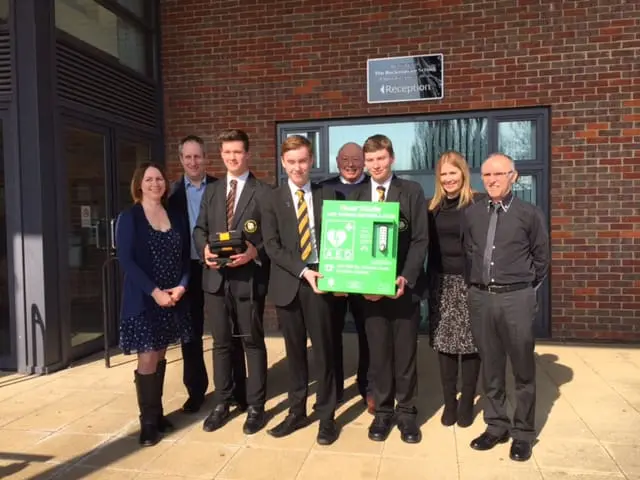
Schools & Universities with PADs
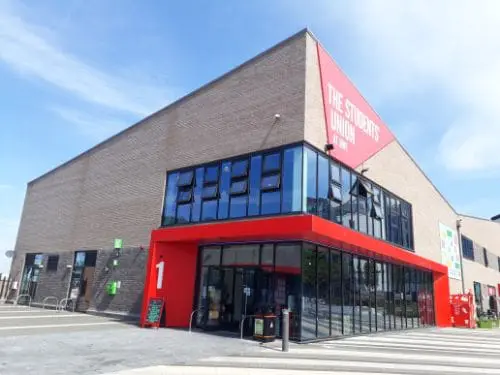
UWE Frenchay Students Union
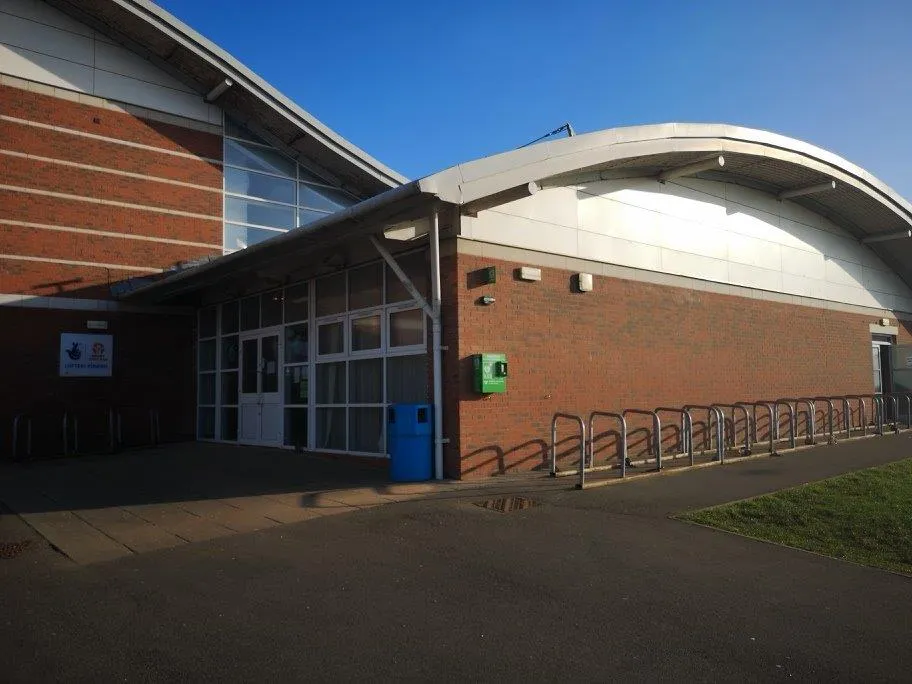
Budmouth College
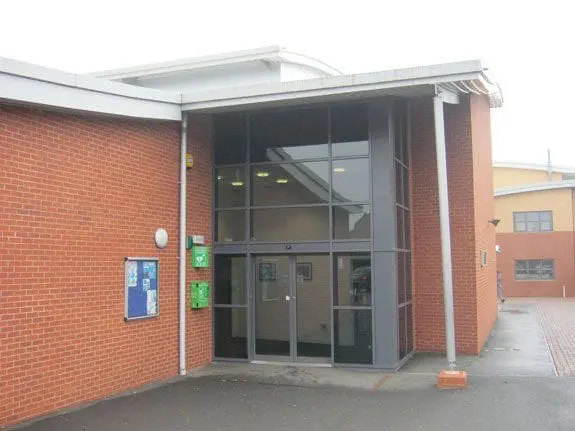
Alcesters Grammer School
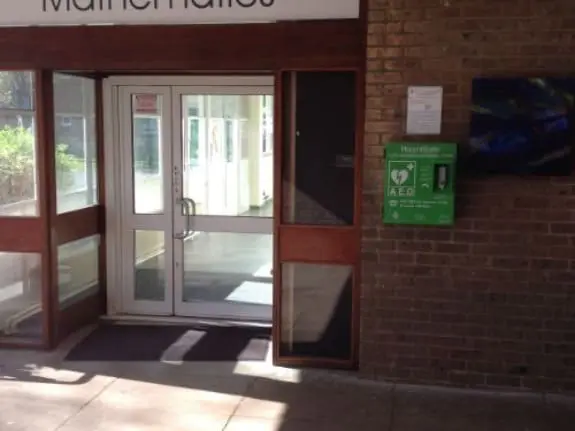
John Mason School
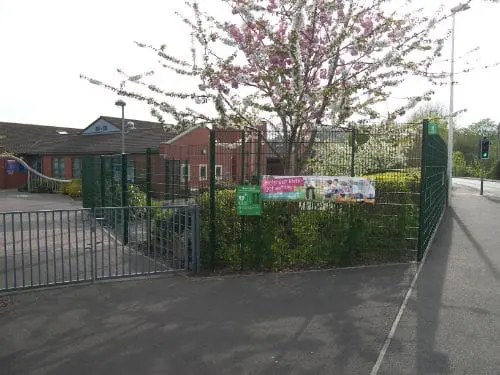
St Joseph Primary School
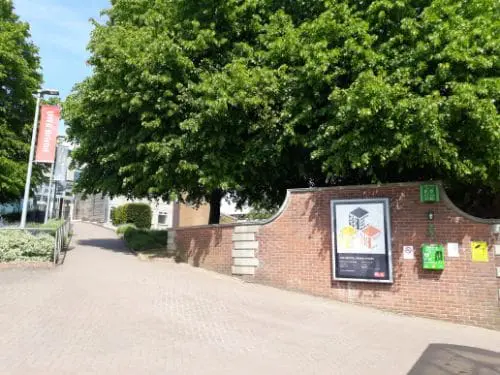
UWE Frenchay Bus Building
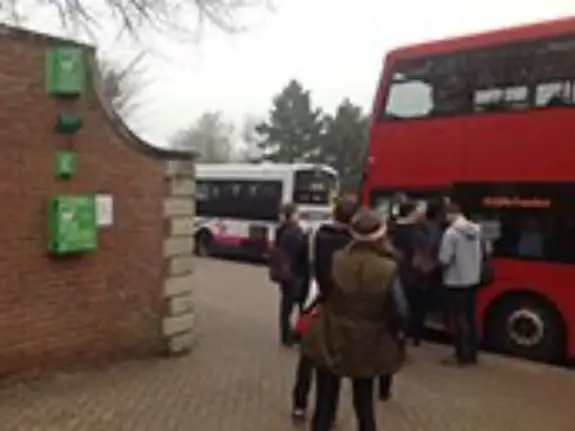
UWE Frenchay Campus
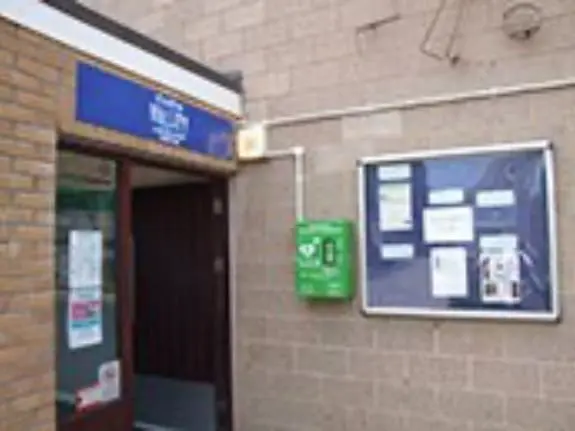
Chew Valley Secondary School
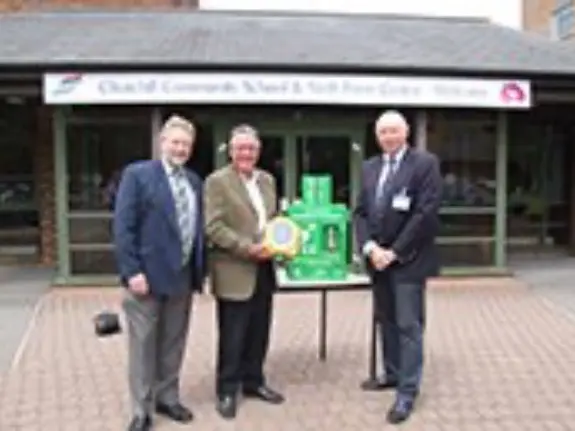
Churchill Community School
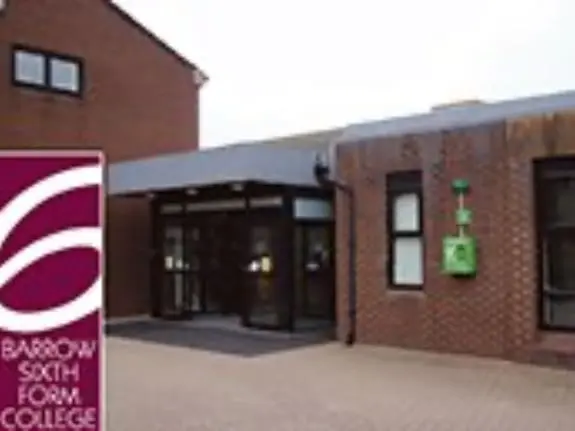
Barrow Sixth Form College
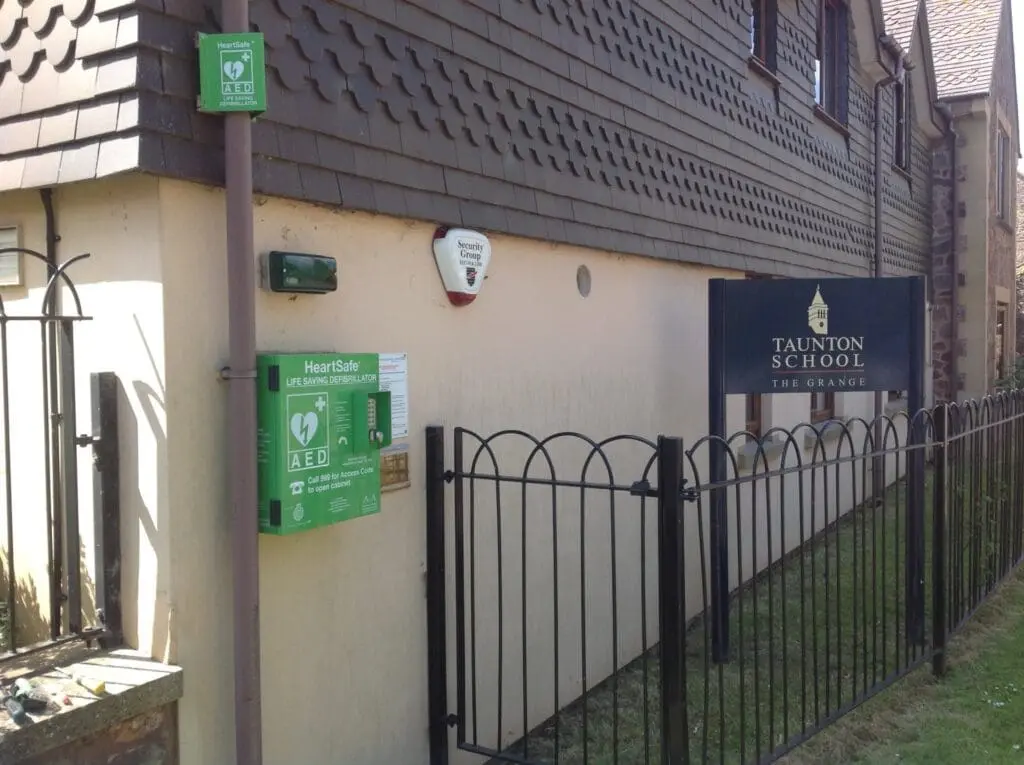
Taunton School

UWE Centre for Sport
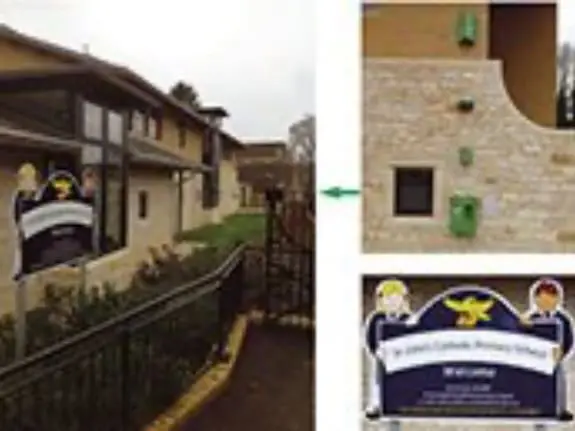
St Johns School, Bath
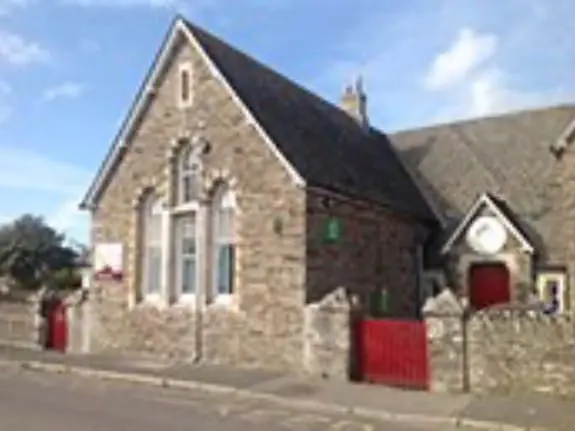
St Merryn School
Are children and the young affected by sudden cardiac arrest?
Arrhythmia Alliance has worked with experts to develop information sheets and booklets specifically for children. The booklets cover the basics of how the heart works and how to take a pulse. There are also booklets designed for children for whom an implantable device has been recommended by a clinician. Please click here to navigate, and to access detailed information on the heart and SCA Booklets for download.
According to Stuart Berger, MD, Associate Professor of Paediatrics and Cardiology at Children’s hospital of Wisconsin and SCA Foundation Advisor, hereditary heart conditions account for about two-thirds of all sudden cardiac arrest cases in young people. These include hypertrophic cadiomyopathy (HCM), which thickens the walls of the left ventricle, obstructing the flow of blood from the heart. HCM affects about 1 in 500 young people and is rarely diagnosed in advance of a cardiac event so it remains the most common cause of heart-related death in athletes and young people under 30.
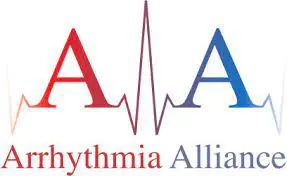
HeartSafe® Communities
Without immediate defibrillation and CPR when cardiac arrest occurs, the chances of survival are less than 5%. With a defibrillator being used on a patient the odds of survival can be increased to 50%.
Join the Community
A HeartSafe® community is established when a group of people decide that they wish to reduce the odds of dying or not recovering fully from a cardiac arrest by installing an Automated External Defibrillator (AED) in a public place thereby giving 24-hour access to this life-saving equipment.
AED Locator promotes the placement of AEDs outdoors, in public places. PADs (Public Access Defibrillators) provide 24-hour access so that emergency life-saving equipment is available to everyone whenever it is needed. AEDs are housed in secure, weatherproof, heated cabinets on the exterior walls of buildings such as Post Offices, village halls, schools, Inns, sports centres etc. and other visible locations in the community.
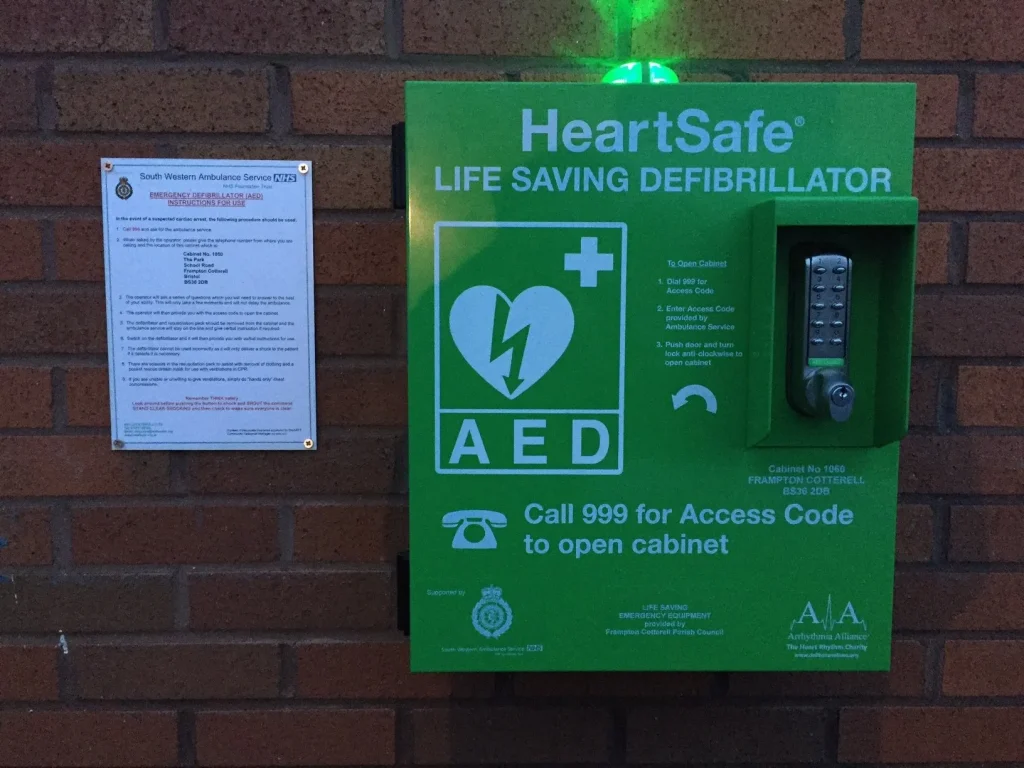
Give your Cabinet Maximum Visibility!
An overhanging sign might be appropriate above the cabinet to increase its visibility. Signage could be placed around the locality identifying the location of the AED, for example, posters in shop windows with directions to the cabinet.The Department of Health and the NHS support the Restart the Heart campaign and AED placements in the community.
Mapping of your AED – we can upload your community’s AED to this website so that all AEDs are visible, monitored and can be tracked by anyone travelling or simply need to know where their nearest life-saving AED is located. This means that life-saving equipment will be available to the public each minute of every hour of each day of the year.
Villages and Rural Locations
- Despite every effort and endeavour by ambulance paramedics, some emergency calls can take more than 10 minutes to arrive at an incident.
- Rural communities and Villages are at greater risk when cardiac arrest occurs. Every effort is made to arrive at an incident within the Government recommended timescales of 8 minutes. When a cardiac arrest occurs every minute without the use of an AED can reduce chance of survival by 10%. When 10 minutes approaches, only effective CPR may prolong the chance of survival of the patient.
- When a cardiac arrest occurs out of hospital the most likely place for it to happen is at home between midnight and 7am. The bedroom or bathroom is the likely place it occurs. Lay people are likely to obtain the AED and use it. The AED will only shock a patient if a shockable arrhythmia is detected. This may be approximately 50% of the time. If no arrhythmia is found, you must carry out CPR, to manually pump the patient’s heart until professional help arrives.
- The quality of CPR generally is very poor. 70% of people who give it, including trained personnel, do so ineffectively, see link to Resuscitation Council link here.
- Do not depend on someone’s memory of how CPR is performed having watched Casualty or the Vinnie Jones CPR Heart Advert, ensure you have the right type of defibrillator that gives you feedback as to the quality of CPR you are administering. In our view, the HeartSine Samaritan® PAD 500P is the best choice of defibrillator due to its unique patented impedance cardiogram.
We are confident HeartSafe® will be the choice you make. Advanced technology with use of an Automated External Defibrillator (AED) and good CPR can save a life.
Statement from: The Resuscitation Council (UK)
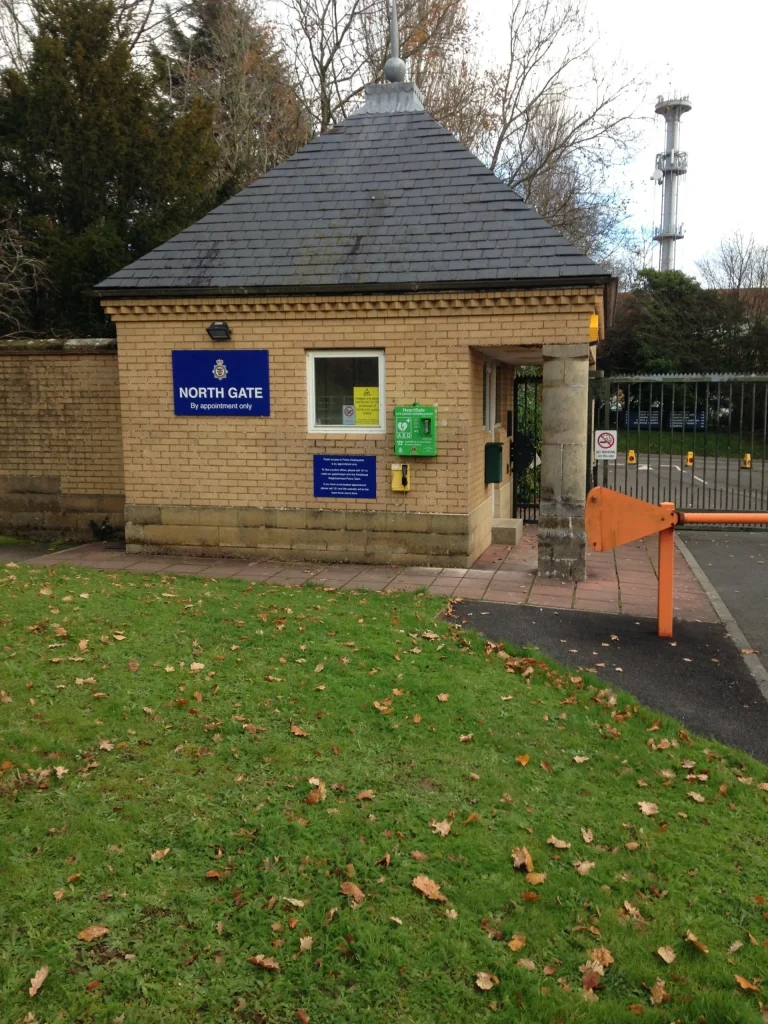
“It is the view of the Resuscitation Council (UK) that the use of AEDs should not be restricted to trained personnel. Furthermore, the Resuscitation Council (UK) considers that it is inappropriate to display notices to the effect that only trained personnel should use the devices, or to restrict their use in other ways. Such restrictions are against the interests of victims of cardiac arrest and discourage the greater use of AEDs by members of the public who may be able to preserve life and assist victims of cardiac arrest.” Click here to find out more.
Do not be satisfied in using any defibrillator. If you have a choice, and you are intending to invest for your community, research the benefits of an AED that provides live CPR feedback – see our recommended HeartSafe® package.
Rural communities are now taking steps to help provide another layer of “insurance” to increase the odds of survival. A small investment in ensuring your village and community becomes HeartSafe® may prevent an unnecessary life being lost.
How To Use A Defibrillator
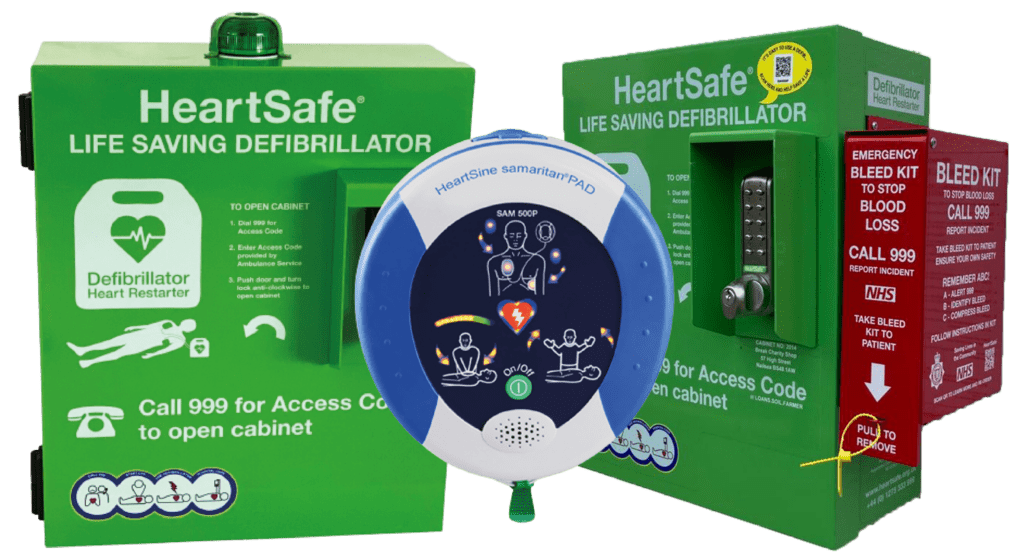
Understanding an Automated External Defibrillator (AED)?
In an effort to enhance community safety and preparedness, the initiative to make Automated External Defibrillators (AEDs) more accessible and known to the public has led to the creation of comprehensive AED locator maps. These maps serve a critical role in emergency situations, particularly during instances of sudden cardiac arrest, where the timely use of an AED can significantly increase the chances of survival. Here’s a guide on how to find your local defibrillator, emphasising the importance of being prepared ahead of time.
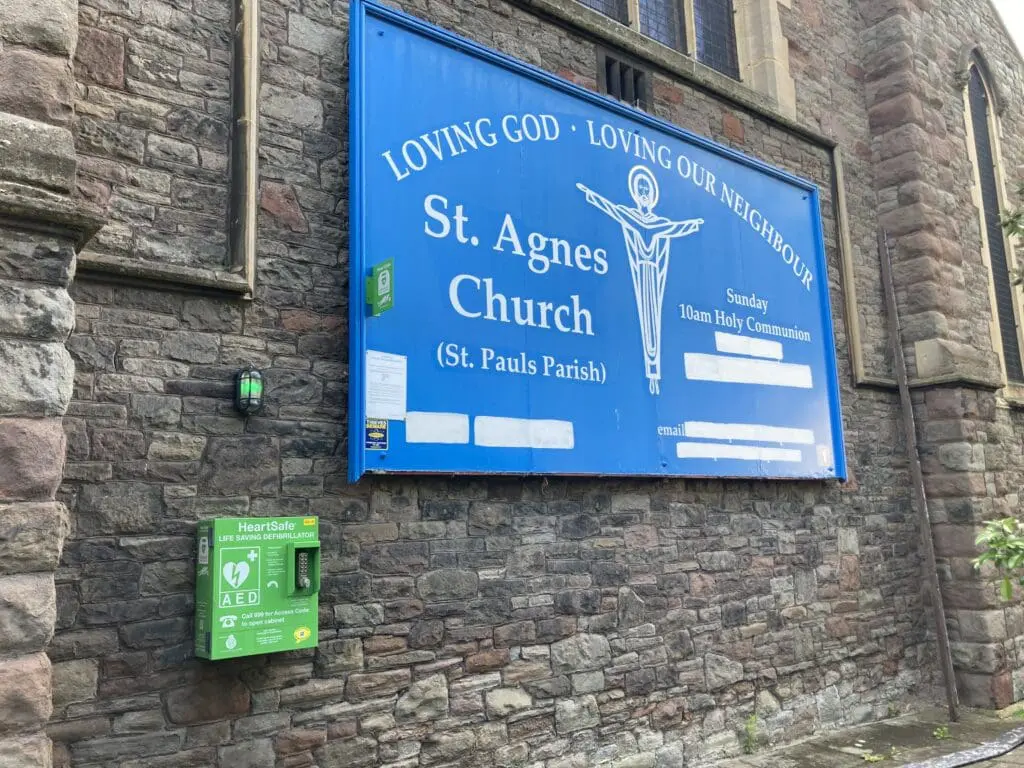
Locating the nearest defibrillator
AEDs are often located in public spaces such as schools, airports, malls, and sports arenas. They are typically stored in clearly marked, easily accessible green cabinets. Familiarising yourself with AED locations in places you frequently visit can be lifesaving.
Before using an Automated External Defibrillator
Ensure Safety
Make sure the area is safe for you and the victim. Avoid using AEDs in wet or damp conditions.
Call for Help
Dial emergency services immediately or instruct someone else to do so.
Perform CPR
Start CPR if trained and able. If another responder is present, one can perform chest compressions while the other prepares the AED for use.
Using an AED
1. Power On the AED
Turn on the AED as soon as it’s retrieved. Most units have a simple power button or automatically power on when opened.
2. Expose the Chest
Remove or cut through the victim’s clothing to expose their bare chest. Dry the chest if it’s wet, and shave the area if excessively hairy to ensure the pads make good contact.
3. Attach the Pads
Place one pad on the right side of the chest, just below the collar bone. Place the other pad on the lower left side of the chest. Pads should be placed as indicated by the diagrams on their packaging.
4. Ensure No One is Touching the Victim
Before the automatic defibrillator analyses the heart rhythm or delivers a shock, ensure that no one is touching the victim. The AED will prompt you to stand clear.
5. AED Analyze Heart Rhythm
Allow the AED to analyse the heart’s rhythm. Follow the AED’s voice instructions closely. Do not touch the victim during this analysis.
6. Deliver Shock if Advised
If the AED determines a shock is needed, it will instruct you to press the shock button. Again, ensure nobody is touching the victim, then press the button.
7. Continue CPR
After the shock, or if no shock is advised, continue CPR until emergency medical services arrive or the person shows signs of regain consciousness.
After using an AED
Leave the AED attached
Keep the AED pads in place and the device turned on so it can monitor the victim’s heart rhythm.
Report the Incident
Inform emergency services that an AED was used. Provide any information requested.
Maintenance Check
Notify the AED’s custodian so the device can be checked and serviced for future use.
AEDs are designed to be user-friendly, empowering anyone to take action during a cardiac arrest emergency. Remember, the prompt use of an AED, combined with CPR, can save lives. Take the time to familiarise yourself with these steps, and always be prepared to help in an emergency.
Take a look at our video tutorials for an easy and friendly guide on using a defibrillator!
See all Of OurPartnerships
The Royal College of Podiatry has chosen the Heartsine 500P as their professionally approved defibrillator.
Avon and Somerset Police have joined up with HeartSafe and NHS England South West to launch a joint initiative to place Bleed Kits in local communities.
Arrhythmia Alliance has been a long-term partner of HeartSafe since our founding in 2007.
We are committed to building an army of lifesavers on the golf course. We won’t stop until every golf club has installed at least one defibrillator on site and registered it with The Circuit.
Great Western Air Ambulance Charity are partnering with HeartSafe® to launch a new lifesaving AED package. Our aim is to provide everyone in our community with the best pre-hospital emergency care.
We are committed to building an army of lifesavers on the golf course. We won’t stop until every golf club has installed at least one defibrillator on site and registered it with The Circuit.
Avon and Somerset Police have joined up with HeartSafe and NHS England South West to launch a joint initiative to place Bleed Kits in local communities.
HeartSafe Are Working Together With

The Royal College of Podiatry is the professional body and trade union for registered podiatrists in the United Kingdom.
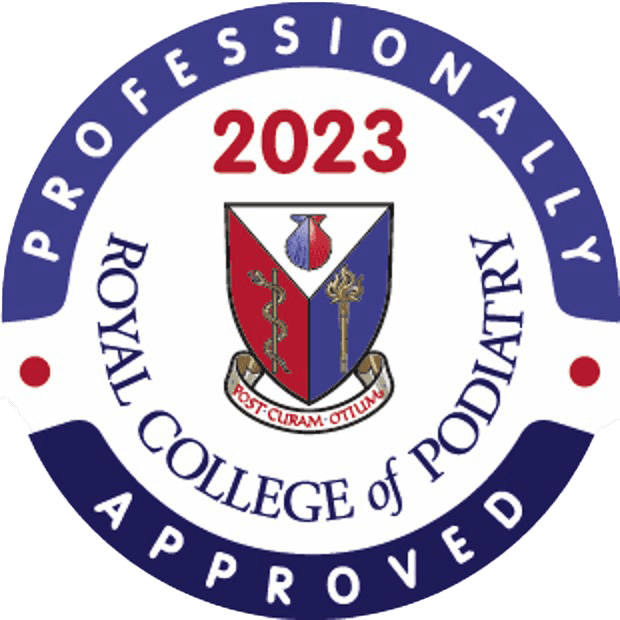
Use Discount Code 'RCPOD' At Checkout For 10% Discount
The Reality...
For every minute that passes, a person’s chance of survival goes down by 10%. Only 40% of these people receive CPR, and fewer than 2% have an automated external defibrillator (AED) used before an ambulance arrives.
There are over
Less Than
Our Objective
Heartsafe is delighted to announce that the Royal College of Podiatry has chosen the Heartsine Samaritan 500P defibrillator as their professionally approved defibrillator and recommends it to their members.
Together we are launching an exclusive discount.
This British-made defibrillator with an 8-year warranty and is supplied with Free consumables (battery/electric pads) as part HeartSine’s forward Hearts Campaign for the length of warranty. Other accessories to complete your emergency life-saving requirements will also benefit from this exclusive discount.
Working with the Royal College of Podiatry, we can make your working environment safer for work colleagues, patients, and your local community if you wish to register the defibrillator on the national database during working hours.
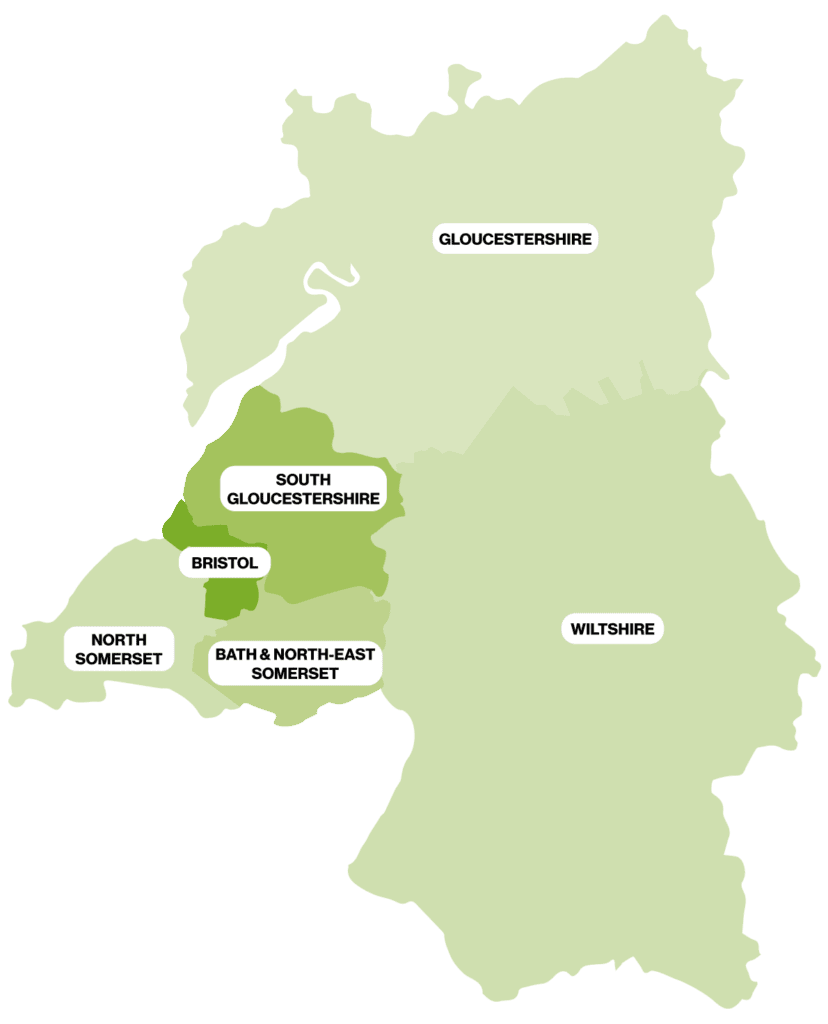
HeartSafe® Training Speech Bubble
To help people use this defibrillator, we use this speech bubble with a QR code to take people to a page that will help them. Scan the QR code to try it out!
“Join with HeartSafe and help us save more lives”
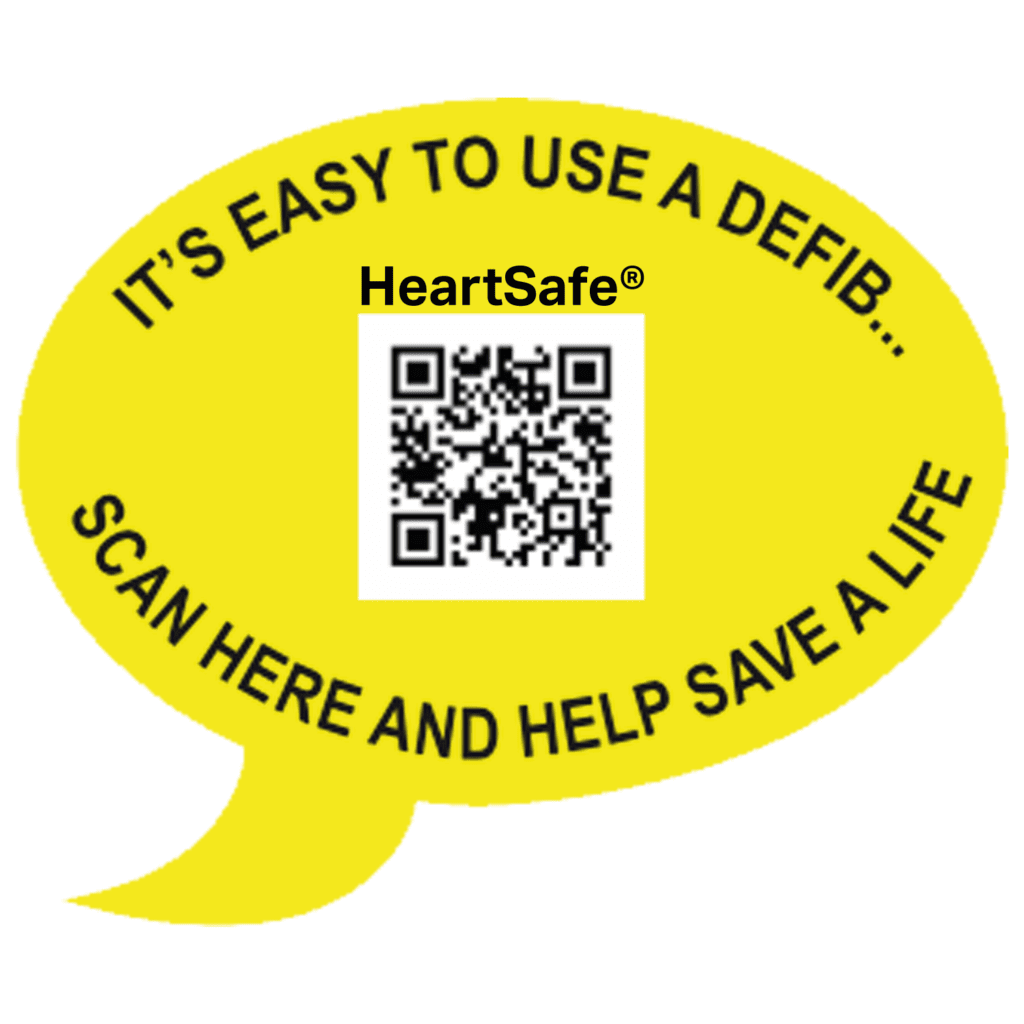

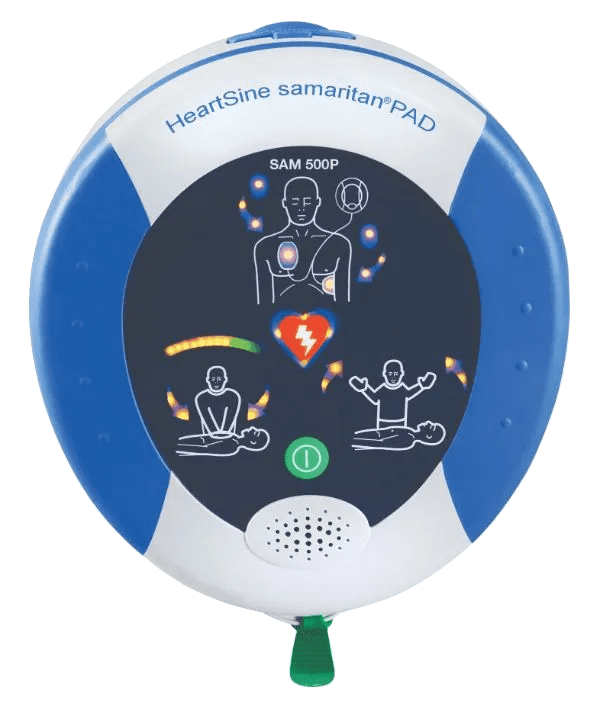
HeartSine Samaritan®
500P Defibrillator
- ICG-based real-time feedback on CPR rate and force (“Push harder,” “Push faster,” “Push slower,” “Good compressions”)
- Audible and visual metronome for CPR rate guidance
- Compact, portable, and lightweight - 1.285 kg (2.83 lb)
- High level of protection from dust and water ingress (IP56)
- 4-year electrode and battery life
- Carry case included
- 8 Year Warranty
- Free consumables (battery/electric pads) as part HeartSine's forward Hearts Campaign
Welcome ToHeartSafe®
The UK’s leading Public Access Defibrillator website.
Use our AED map to find the closest defibrillators in your community to empower you in an emergency.
Store your defibrillator externally for easily accessible to the public
This package includes a HeartSafe defibrillator cabinet, the Reanibex 100 Defibrillator, and a FREE Bleed Kit Dispenser ‘Standalone’ Model 2.
Choose Your Defibrillator Package
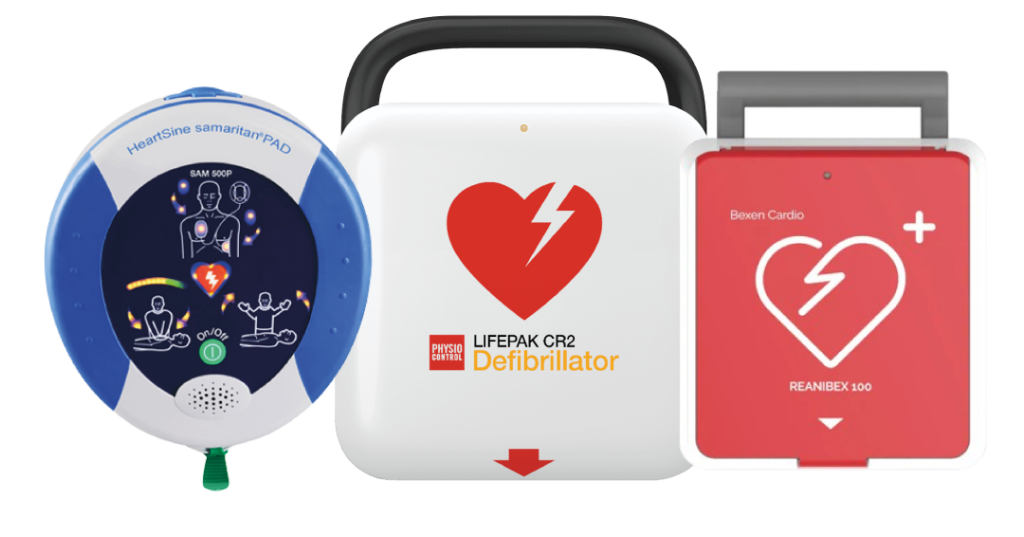
We offer lots of different packages to house British-made HeartSine defibrillators. Find the package best suited to your situation.
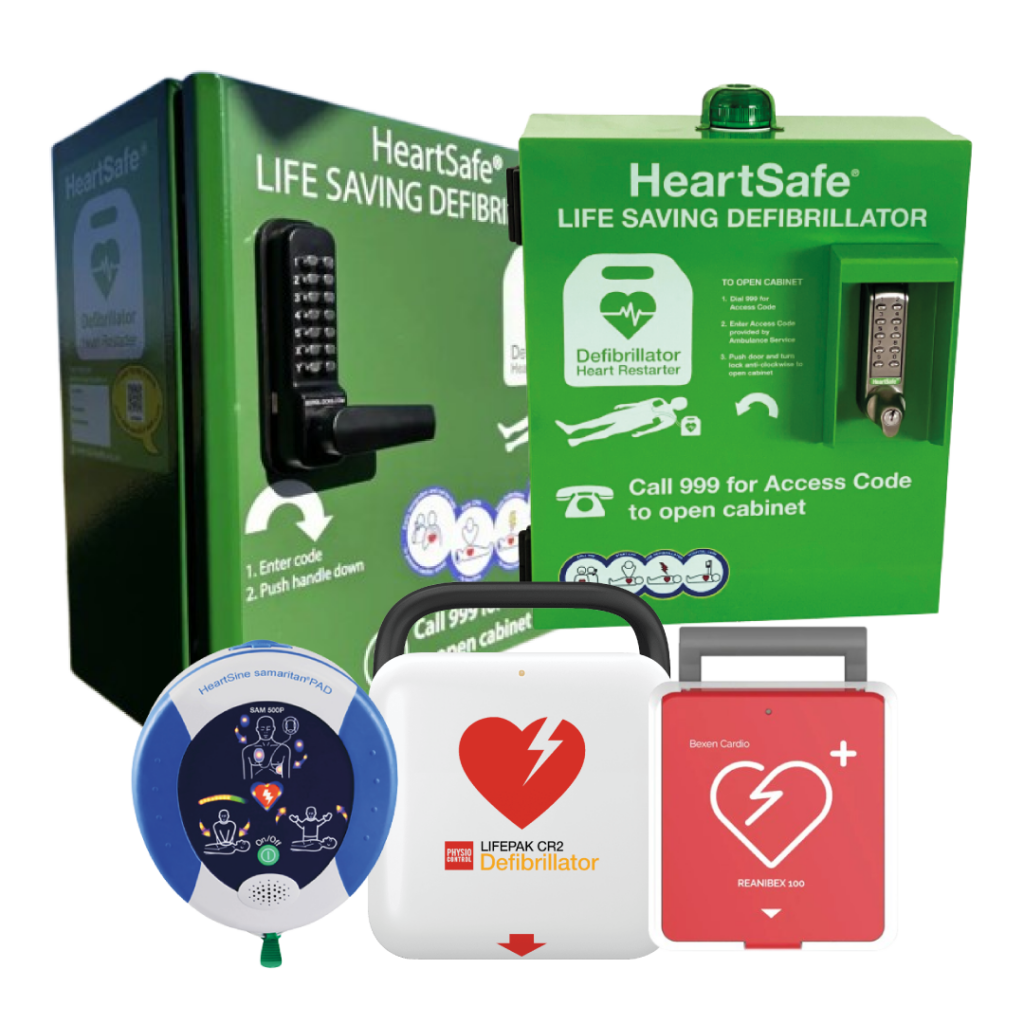
Store your defibrillator externally for easily accessible to the public
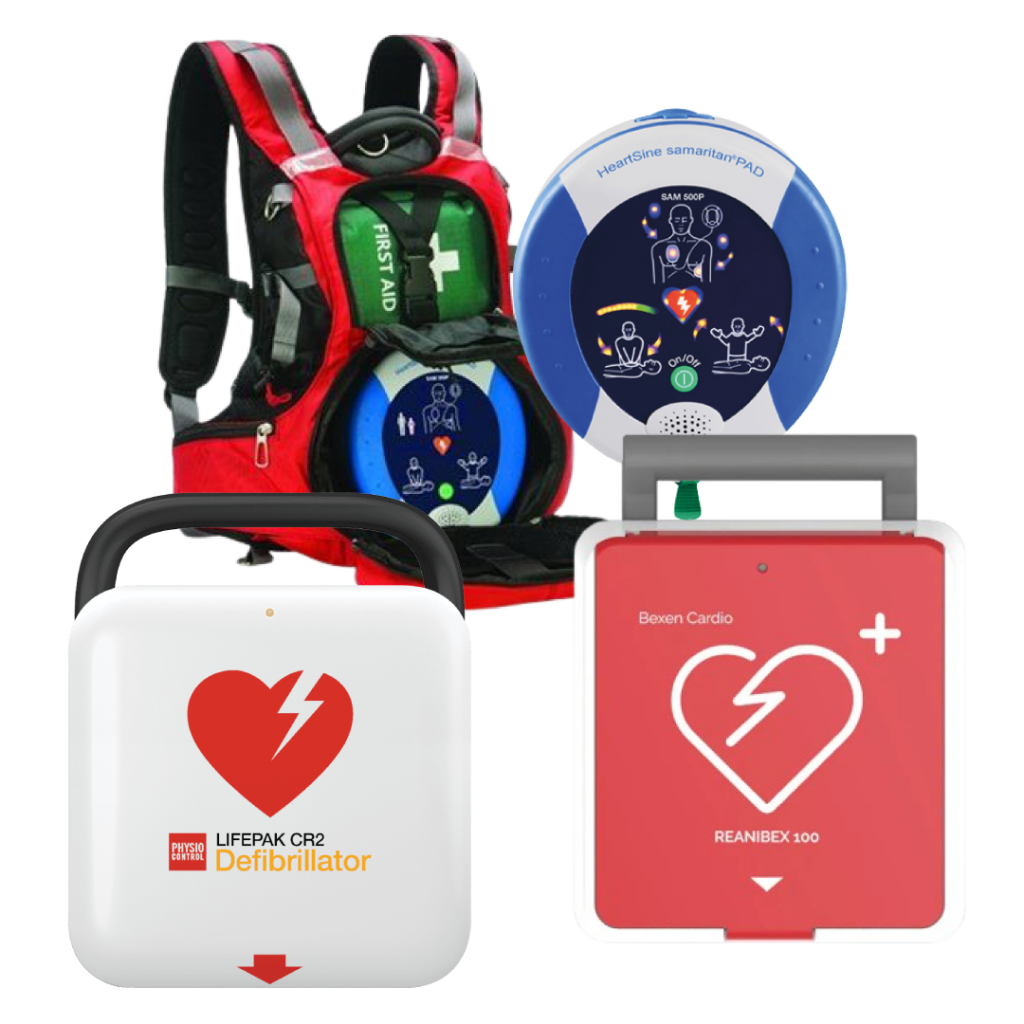
Effortlessly transport your defibrillator to not be caught out in an emergency

We offer lots of different packages to house British-made HeartSine defibrillators. Find the package best suited to your situation.
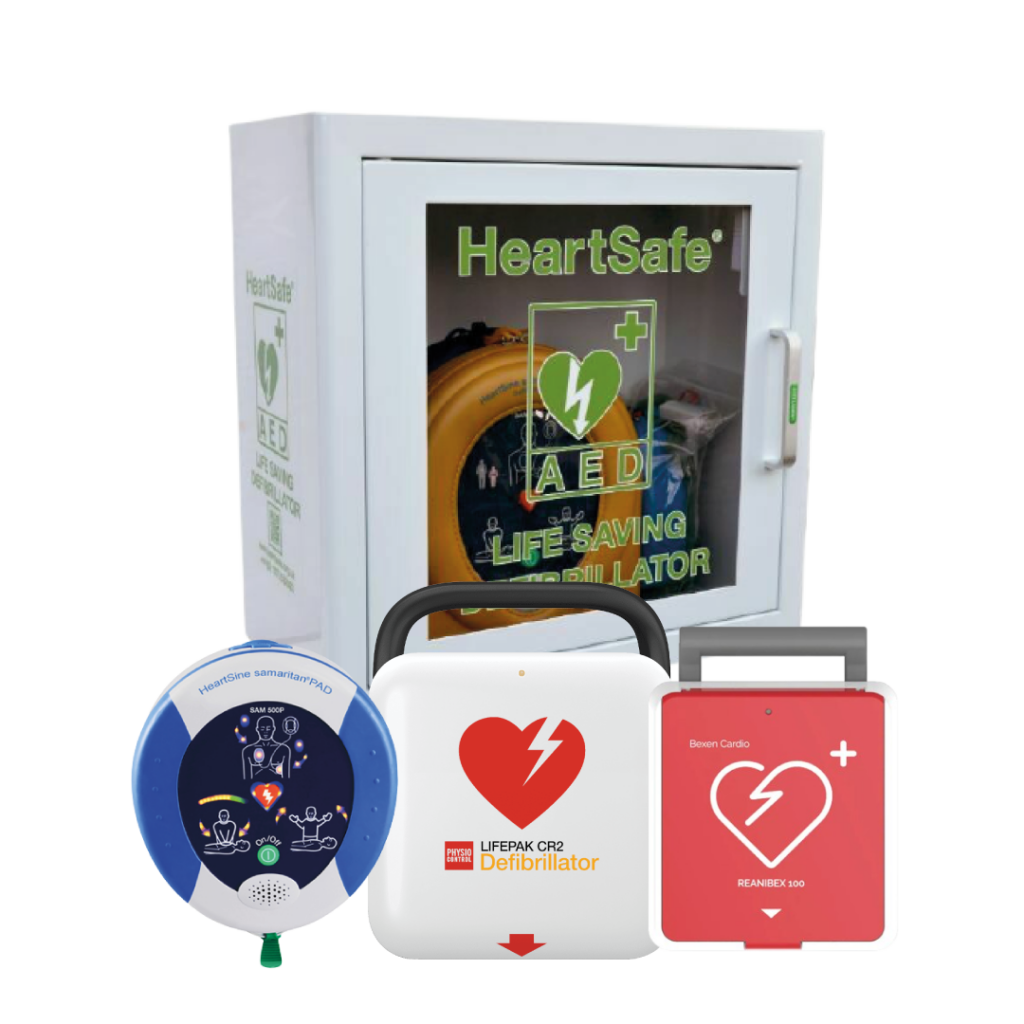
Store your defibrillator internally for use in emergency situations
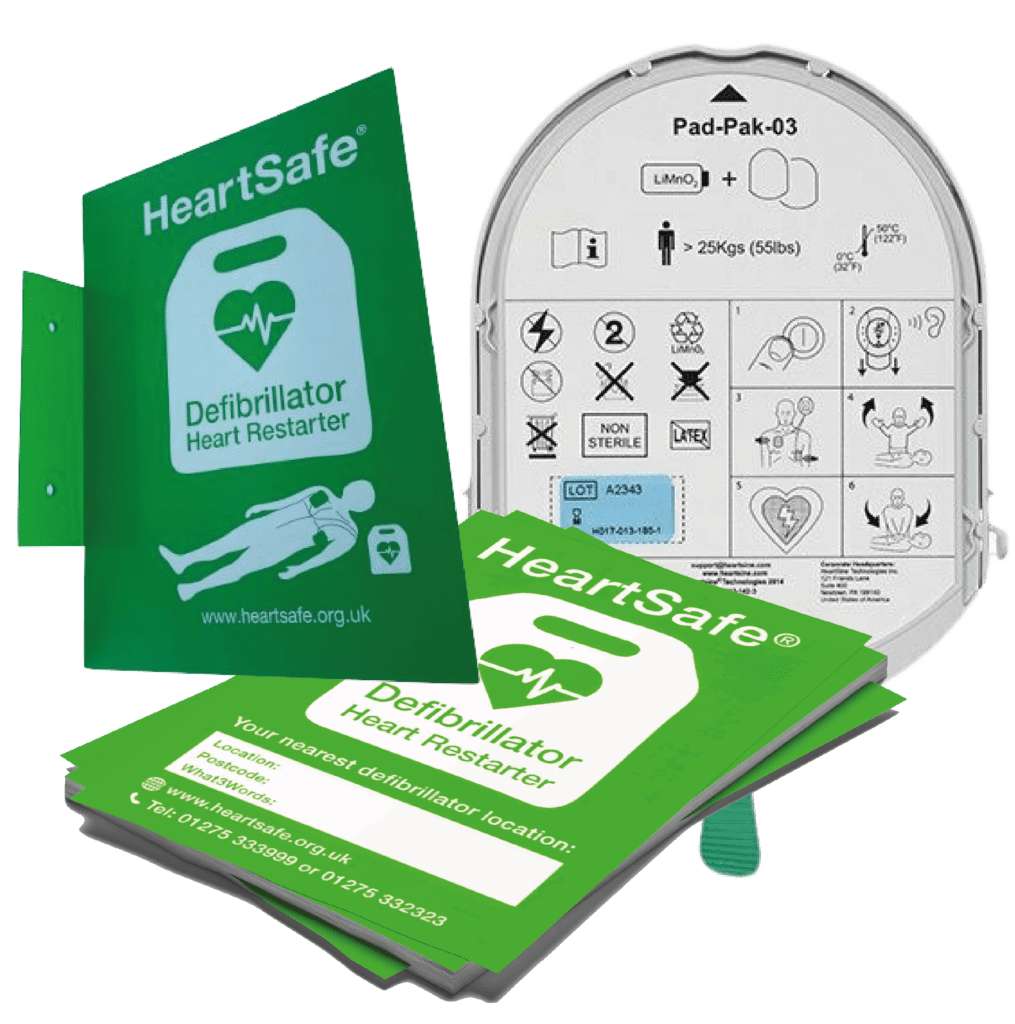
Pad paks, medical kits and signage. Consumables you may need to save a life
AED Locator Map
The AED locator map offers the public the opportunity to check in their community where defibrillators are closest to your place of home or work. The map identifies defibrillators that are registered by their owners throughout the UK and are listed on the map as they are happy to share access in the event of a sudden cardiac arrest. Anyone owning or providing a defibrillator to their community can freely register it’s availability here.
The map is to encourage people to learn the whereabouts of their nearest defibrillator in advance of ever needing to use one in an emergency. Having this knowledge will save time once you ring 999 and make contact with the emergency services.
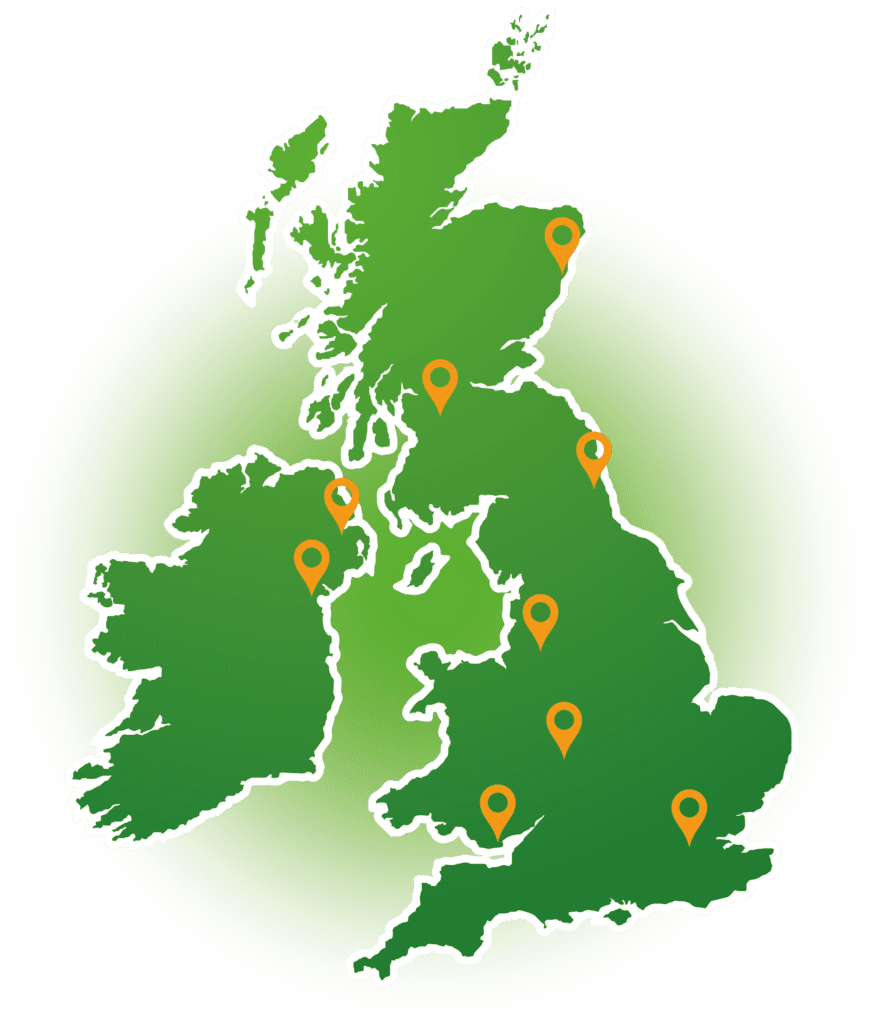
REMEMBER, in an emergency always report the suspected SCA immediately to the Ambulance Service…
Call 999 and follow their instructions.

HeartSine Samaritan®
500P Defibrillator
- ICG-based real-time feedback on CPR rate and force (“Push harder,” “Push faster,” “Push slower,” “Good compressions”)
- Audible and visual metronome for CPR rate guidance
- Compact, portable, and lightweight - 1.285 kg (2.83 lb)
- High level of protection from dust and water ingress (IP56)
- 4-year electrode and battery life
- Carry case included
Have An Enquiry?
no matter how unusual, please feel free to send them to enquiries@heartsafe.org.uk where one of our team of advisers will get back to you!
HeartSafe's Recent Successful Partnership With

Launching an all-in-one lifesaving defibrillator package!
Our Objective
To provide everyone in our shared community with the best pre-hospital emergency care, Great Western Air Ambulance Charity (GWAAC) are partnering with HeartSafe® to launch a new all in one lifesaving AED package.
We offer the option to buy the package outright, fundraise towards the total, or a combination of the two to make it as easy as possible to get more AEDs into our community.

A Map Of Our Success!
Together, we have now supplied over 40 defibrillator packages to help provide emergency care to communities in Bristol and South West.
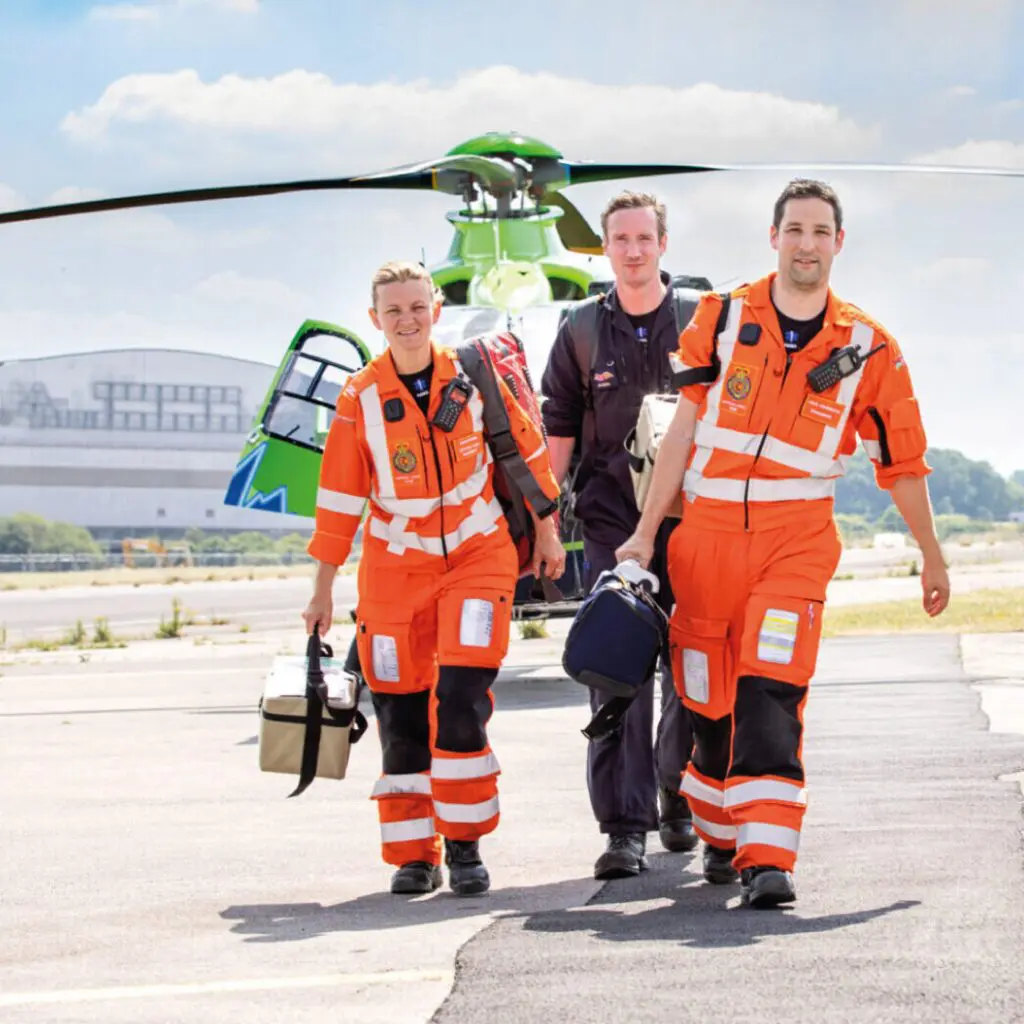
How GWAAC Help?
GWAAC’s crew bring their critical care skills to over 500 cardiac patients a year, representing around 25% of our missions. Yet despite the extraordinary level of clinical skill our crew bring to the scene, cardiac patients are dependent on other essential links prior to our arrival.
To achieve our vision that everyone should receive the lifesaving pre-hospital emergency care they need, wherever they are, whenever they need it, we need to strengthen every link in the chain of survival for someone who is suffering an out-of-hospital cardiac arrest.
See our digital combination lock PDF
The Reality...
For every minute that passes, a person’s chance of survival goes down by 10%. Only 40% of these people receive CPR, and fewer than 2% have an automated external defibrillator (AED) used before an ambulance arrives.
There are over
Less Than
What happens when I call 999 and need the Great Western Air Ambulance?
Great Western Air Ambulance Charity (GWAAC) rapidly dispatch Critical Care Doctors and Specialist Paramedics to patients suffering a cardiac arrest and anyone who is desperately unwell or injured in our region. By sending the skill and equipment normally found in a hospital Emergency Department to the scene of the most serious 999 calls, we give people the best chance on their worst day.
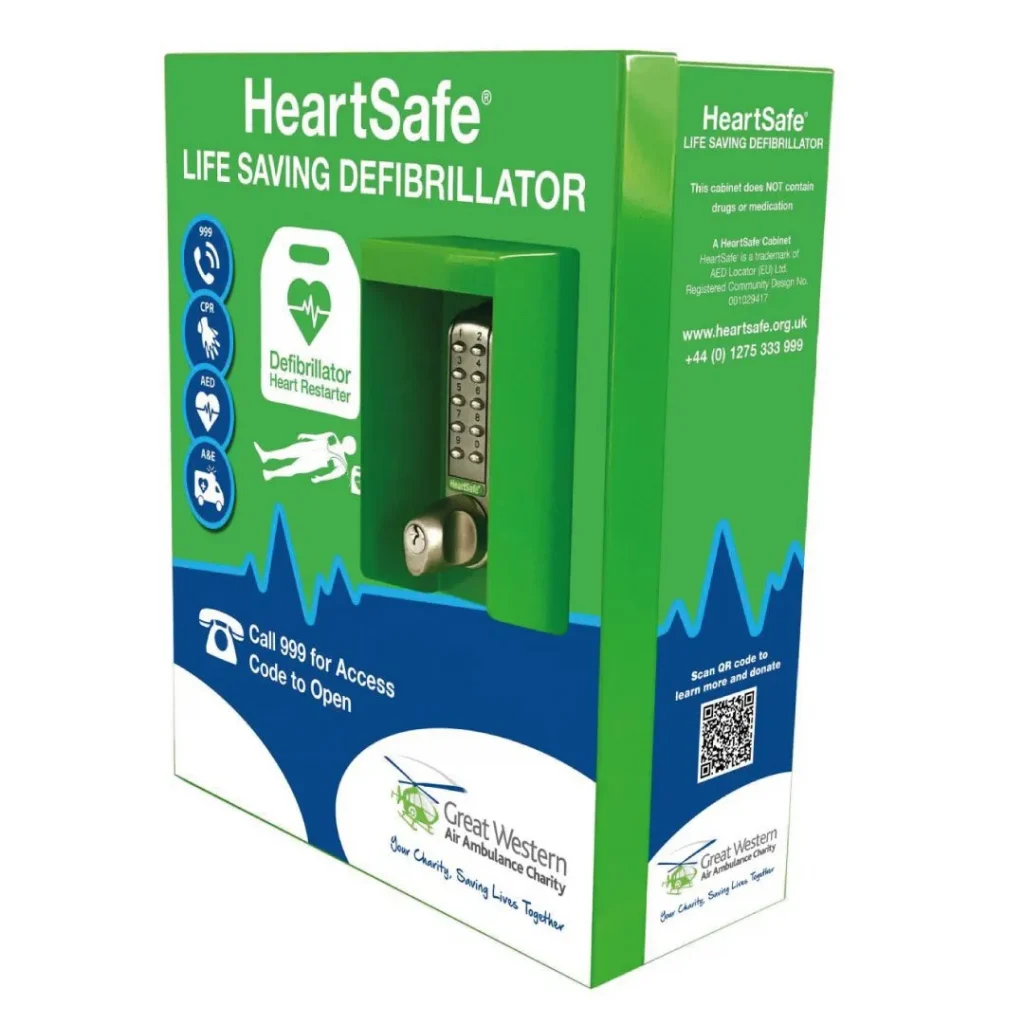
Our HeartSafe Packages Can Be Found Throughout Bristol, Avon and Somerset Region
- A British-made HeartSine fully automatic 360P AED or HeartSine semi-automatic 500P AED (with live accurate CPR feedback) for an additional £145. Our preferred AEDs for lay people with little or no training as well as trained personnel. This includes a 10-year warranty and free consumables under HeartSine ‘Forwards Hearts Campaign’.
- Quality stainless steel, heated, and branded cabinet ensuring this public access AED is stored safely for when it is needed through HeartSafe’s flexible electronic locking system. The charity branding is highly visible to increase awareness of its presence and ensure it is recognisable as a clinical device.
- Training – through our partners and our Great Western Heartstarters CPR training project, we will help to ensure you and your community are confident in delivering CPR and how to use an AED. We will also provide you with an online training course and resources.
- Registration – we will help you register your AED with the local ambulance trust and through the Circuit.
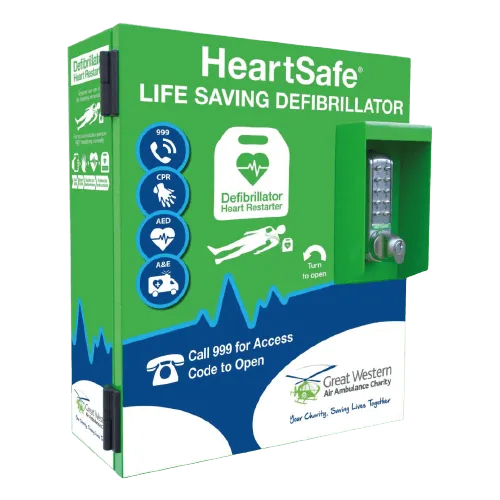
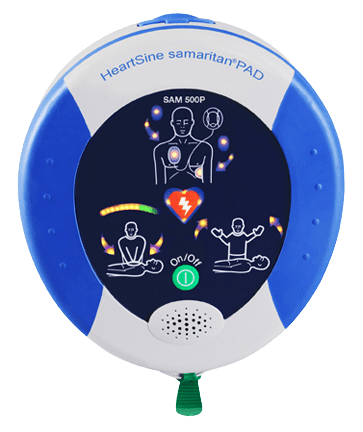
- Insurance and ease – GWAAC will insure the asset against public liability claims and help you order everything you need so that we can focus on…
- … a good news story – you’re doing something amazing for your local community and we want to help you shout about it. Through press releases, blog articles, and your launch day, we’ll help with resources and provide a speaker to demonstrate the impact your support will have
- Understanding your impact – this is an AED for life. You will join GWAAC Public Hearts and as a part of this community we will periodically update you on the difference your support is making
- Fundraising resources – we will support you with branded collection tins, assist in the creation of an online fundraising page, and provide posters, leaflets, volunteers, and event advice to ensure you can hit your fundraising target. When you display your AED, your community will be rightly proud of it and continue to support the £50 a year fundraising target to ensure pads/batteries are replaced when they expire
- You will also be supporting our lifesaving air ambulance charity, enabling our crew to provide the next layer of care that a person suffering a cardiac arrest needs. Together, we can do more.

